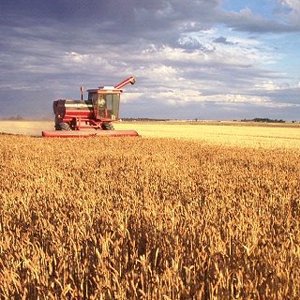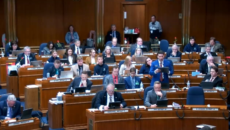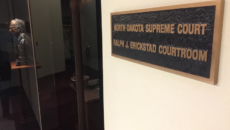Are We In The Middle Of An Ethanol Bubble?

The 2007 U.S. energy bill mandated that a total of 15 billion gallons of renewable ethanol must be produced by 2015. Because of this, demand for corn has skyrocketed, and the impact of that market distortion has been felt across the crop markets. It’s not just corn prices that have soared, but as farmers have ramped up corn production to meet demand they’ve shifted away from other crops, diminishing supplies and driving up prices for those as well.
Now comes news that farm land values are spiking. Here in North Dakota farm values jumped an average of 46% in 2012, and land values have more than doubled since 2009. In other parts of the country farmers are saying that land is overvalued, and that we’re in the midst of a bubble.
It’s hard to disagree with that position, especially when the only impetus we can point to for this dramatic increase in crop prices and farm land values is the distorting impact of the government’s ethanol mandate.
And we have precedent for the distorting impact of that sort of policy. The federal government’s mandate for subprime lending led to the housing bubble. The government’s mandate for student loans has created a higher education bubble. Why wouldn’t we believe that the government’s mandate for ethanol would create an agriculture bubble?
Bubbles are the sort of thing that happens when something is produced and sold not because of market demand but because of government policy.
For North Dakota, the meaning of this bubble is significant. The Bakken oil boom may have been making headlines these last years, but agriculture remains the state’s biggest industry. With the oil boom seeming to plateau, and the state’s agriculture industry in the midst of a bubble, North Dakota could be headed for some difficult times.







